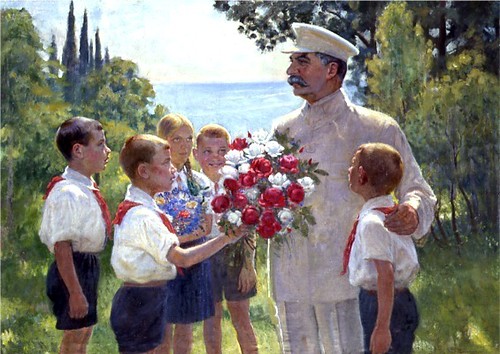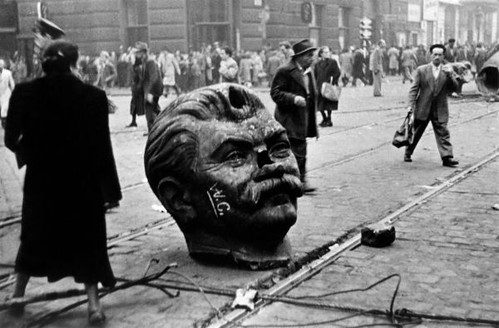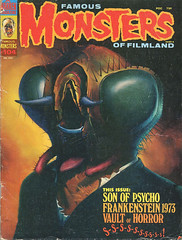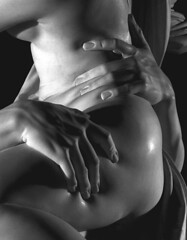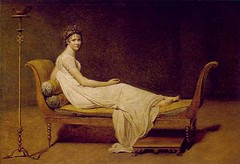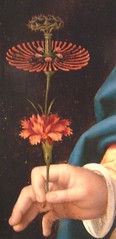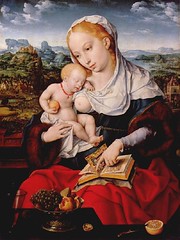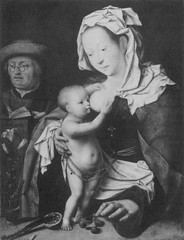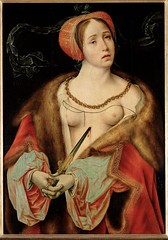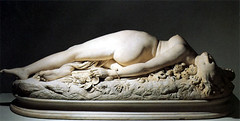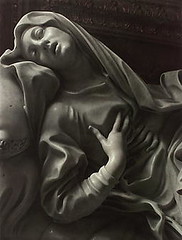
The Book of the Courtier (1528) – Baldassare Castiglione
Baldassare Castiglione (1478 – 1529) was an Italian diplomat and author, best-known for his book on etiquette, The Book of the Courtier, which came to play a role in the 20th century aesthetics of cool* by having defined the concept of sprezzatura, “a certain nonchalance, so as to conceal all art and make whatever one does or says appear to be without effort and almost without any thought about it”. To this day, the Book of the Courtier remains the definitive account of Renaissance court life.

The Works of Aretino by Samuel Putnam, illustrations by Franz von Bayros
Pietro Aretino‘s (1492 – 1556) La cortigiana is a parody of The Book of the Courtier. Like in so many of Aretino’s books, it gives center stage to a woman rather than a man (courtier is the male form of cortigiana, cortigiana entered French as courtesan and was later appropriated by the English language).
From a Jahsonic point of view La cortigiana deserves just as much attention as The Book of the Courtier.
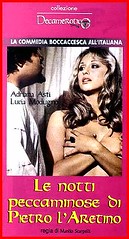
Le notti peccaminose di Pietro l’Aretino
La cortigiana focuses on the romantic and erotic aspects of Renaissance life, a sensibility explored in the 1970s in the Italian film genre decamerotico, a subgenre of the commedia erotica all’italiana. Notable in this respect is Pasolini’s Trilogy of Life (The Decameron, The Canterbury Tales and Arabian Nights); but more so with regards to Aretino the Italian film Le notti peccaminose di Pietro l’Aretino[1], starring Adriana Asti and Elena Veronese.
While researching La cortegiana, I came across this sublime photo [2] of a female with an hourglass shaped body.

Cool Rules: Anatomy of an Attitude (2000) – Dick Pountain, David Robins [Amazon.com] [FR] [DE] [UK]
*”The aesthetics of cool were most successfully documented” in Cool Rules: Anatomy of an Attitude. –Sholem Stein

